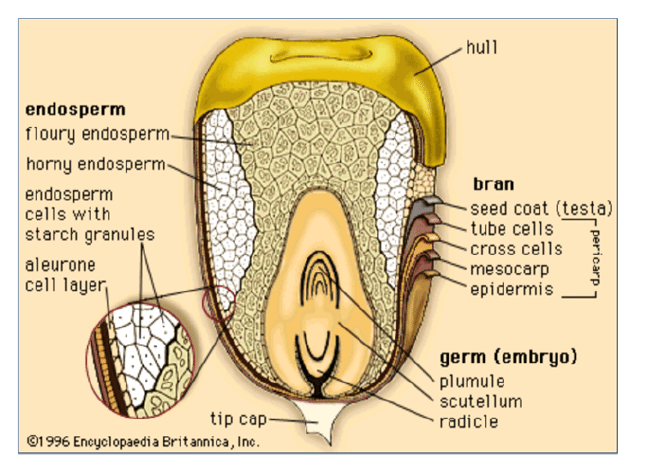All the Way to the Pop
It’s fascinating how fast you can go from a packet seeds to fluffy popcorn before a movie. Popcorn has been one of the relished snacks since a long time. Ancient people attributed the “popping” of popcorn to tiny gods that would burst with anger when heated. But,
Why Does Popcorn “Pop”?
The reason why popcorn “pops” can be attributed to Chemistry and Physics. Corn kernels have two layers; the outer, transparent hull and the inner endosperm. The construction and interaction of the two layers gives rise to the special pop.

The hull is the hard outer layer, impervious to moisture - no moisture is released till the hull is breached. The endosperm contains hard starch and a little amount of moisture. It is rock hard before it is popped (can be attested by a friend who started bleeding after biting into an unpopped kernel too hard).
When we heat the popcorn, the moisture inside the endosperm turns into steam inside the highly pressurized environment of the hull. The heat and moisture gelatinizes the starch inside the endosperm, turning it form solid to soft and malleable.
As the steam expands, the pressure built up inside the hull increases till the point it can’t be sustained. The hull breaks open (with a pop sound). This spills the steam and gelatinized starch that cools down quickly to become the expanded and fluffy popcorn we all love!
Science can be a lot tasty at times ![]() .
.

Comments